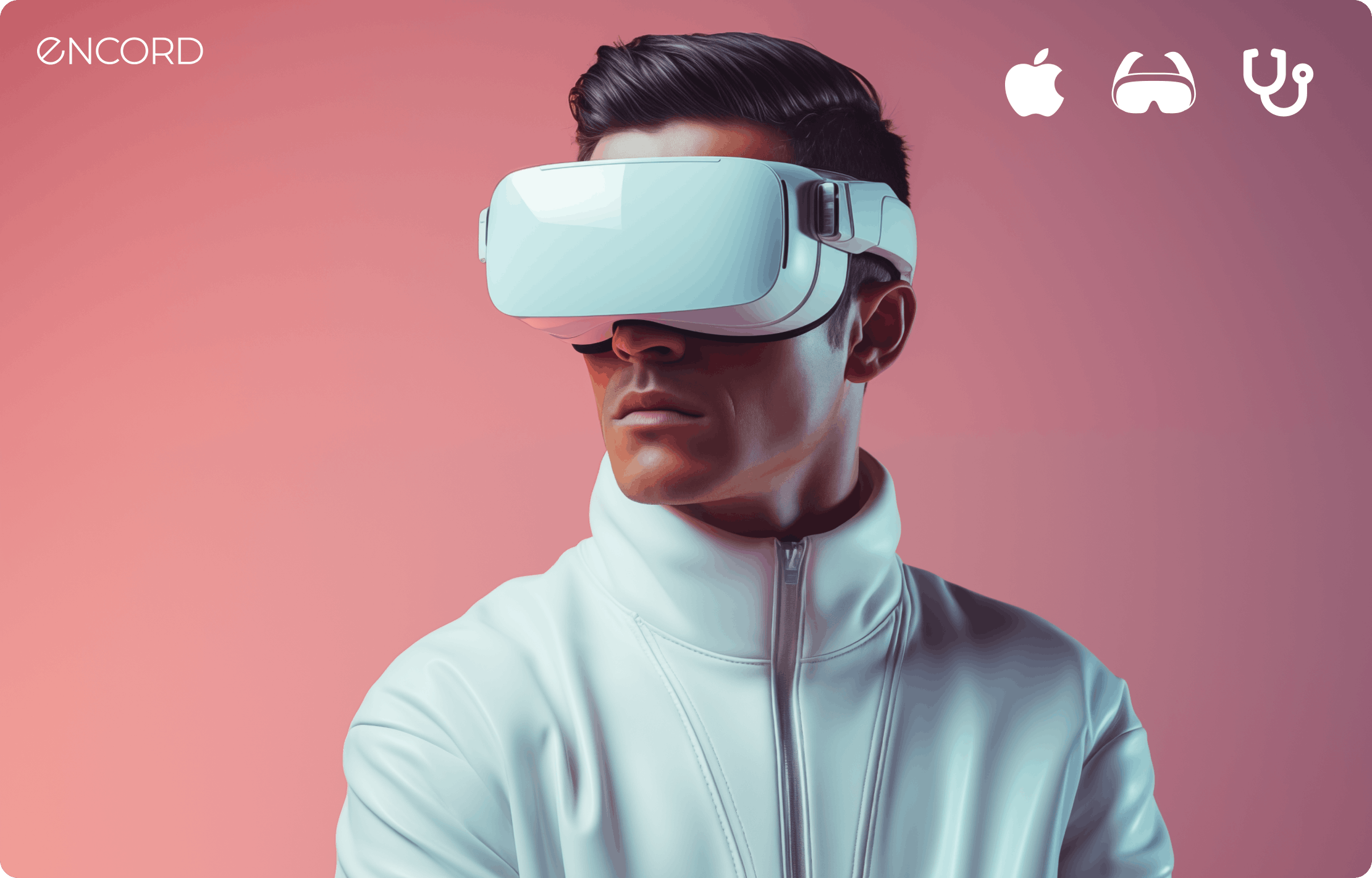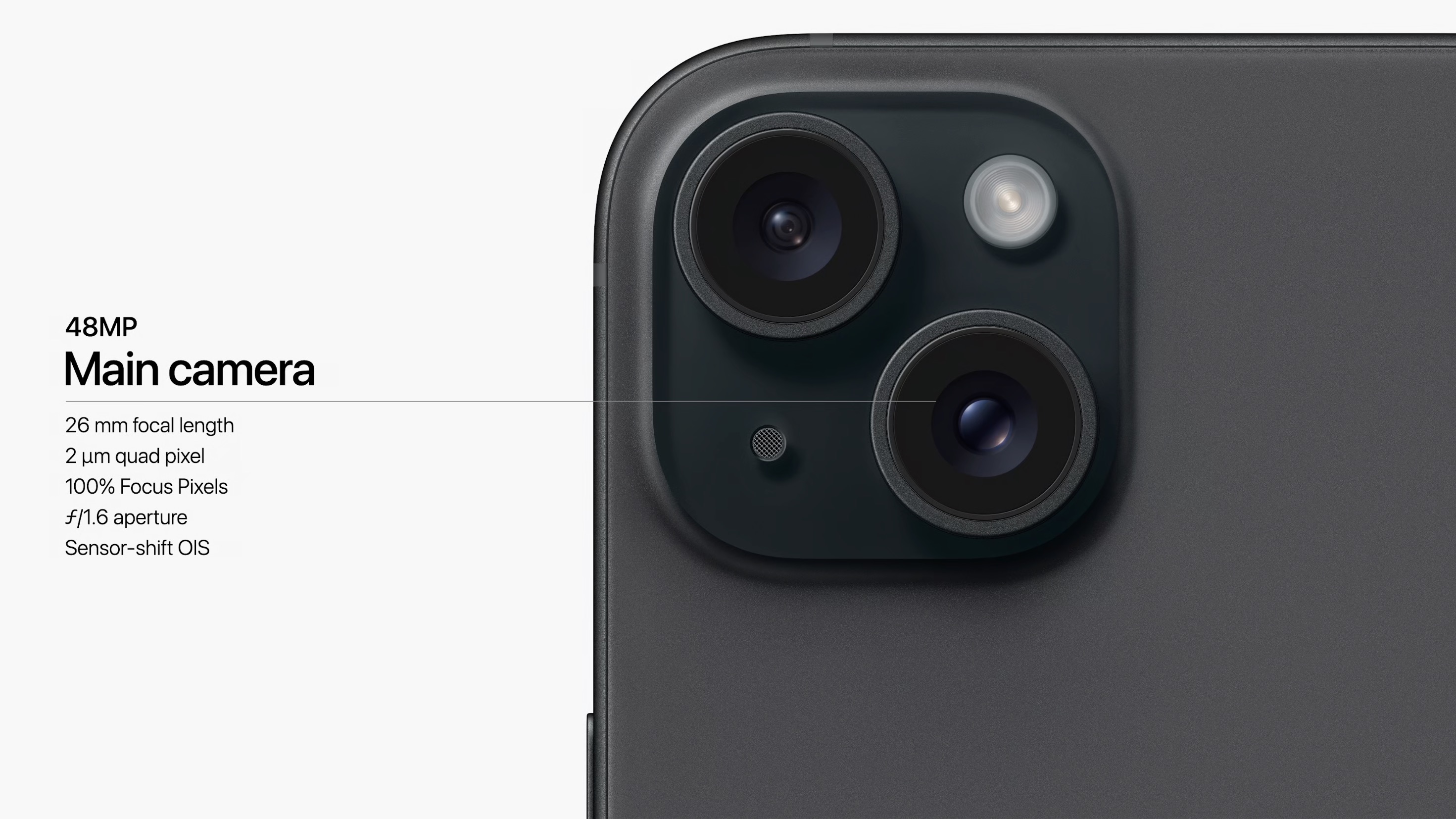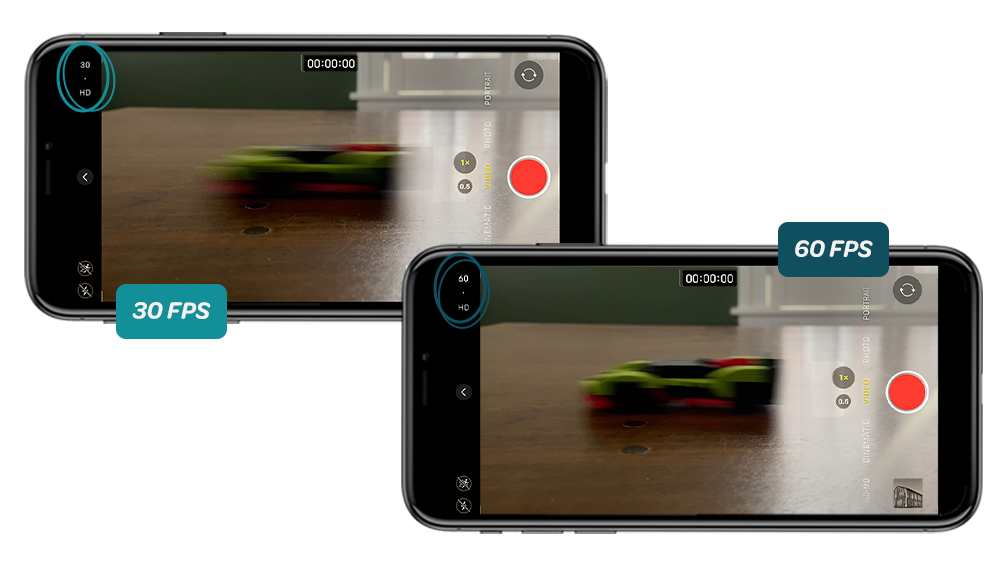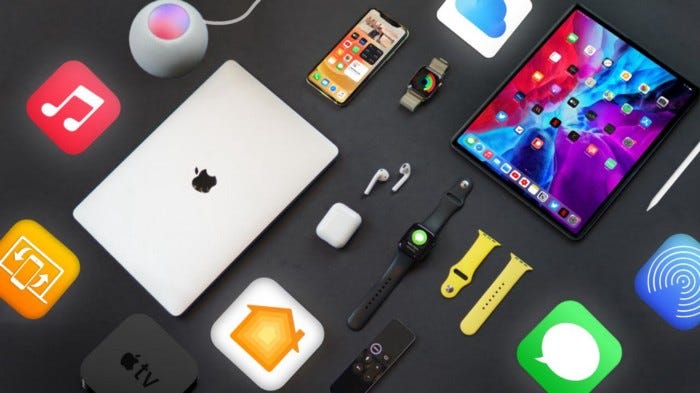The iPhone's Edge: Why Apple Reigns Supreme in Smartphone Photography
For years, the debate over iPhone vs Android cameras has raged on. While both platforms boast impressive capabilities, iPhones have consistently earned a reputation for superior image quality. But what exactly gives iPhones the edge? Let's delve into the key factors that contribute to Apple's dominance in smartphone photography.
1. Simplicity and Software Optimization:
One of the iPhone's biggest strengths lies in its user-friendly approach. Apple prioritizes a simple camera app that prioritizes ease of use. While Android offers more granular controls, the iPhone's interface allows anyone to capture stunning photos without getting bogged down in technicalities. This focus on user experience extends to Apple's exceptional image processing algorithms. iPhones excel at capturing great photos straight out of the camera, with minimal editing required. Apple's software optimizes for factors like color accuracy, noise reduction, and detail enhancement, ensuring consistent high-quality results. 2. Sensor Size and Image Stabilization:
2. Sensor Size and Image Stabilization:
While megapixel count often takes center stage in marketing, it's not the sole indicator of camera quality. Sensor size plays a crucial role. Generally, larger sensors capture more light, leading to better low-light performance and sharper images. While some Android flagships boast higher megapixel counts, iPhones often counter with larger sensors, producing superior image fidelity, particularly in challenging lighting conditions. Furthermore, iPhones consistently implement excellent image stabilization technology. This minimizes blur caused by shaky hands, resulting in crisp and clear photos and videos, even at slower shutter speeds. This is particularly noticeable when capturing moving subjects or in low-light environments.
Furthermore, iPhones consistently implement excellent image stabilization technology. This minimizes blur caused by shaky hands, resulting in crisp and clear photos and videos, even at slower shutter speeds. This is particularly noticeable when capturing moving subjects or in low-light environments.
3. Computational Photography and Consistent Performance:
Apple heavily invests in computational photography, leveraging software to enhance image quality beyond the limitations of the hardware itself. Features like Deep Fusion and HDR processing combine multiple image exposures to create a final photo with exceptional dynamic range and detail. This allows iPhones to capture realistic-looking highlights and shadows, even in scenes with extreme lighting variations. Another advantage of iPhones is their consistent performance across different models. Apple tightly controls both hardware and software, ensuring a uniform user experience on their iPhones. This consistency stands in contrast to the Android landscape, where camera quality can vary significantly depending on the manufacturer and model.
Another advantage of iPhones is their consistent performance across different models. Apple tightly controls both hardware and software, ensuring a uniform user experience on their iPhones. This consistency stands in contrast to the Android landscape, where camera quality can vary significantly depending on the manufacturer and model.
4. Video Recording Prowess:
iPhones have become a favorite among videographers due to their exceptional video recording capabilities. iPhones offer stunning 4K recording at high frame rates, allowing for smooth, cinematic footage. Additionally, features like cinematic mode create a shallow depth-of-field effect, mimicking the look and feel of professional filmmaking techniques. This level of control and quality makes iPhones a compelling choice for capturing special moments and creating high-quality video content. 5. A Long-Term Ecosystem and Seamless Integration:
5. A Long-Term Ecosystem and Seamless Integration:
Owning an iPhone is part of a larger ecosystem. Photos and videos seamlessly integrate with iCloud storage and other Apple devices. Editing tools like Photos are powerful and intuitive, allowing users to further enhance their images directly on their iPhones or iPads. This streamlined workflow makes it incredibly easy to capture, store, edit, and share photos on Apple devices. The Bottom Line: Choice and Specific Needs
The Bottom Line: Choice and Specific Needs
While iPhones hold a strong position in smartphone photography, it's important to acknowledge that the Android landscape is constantly evolving. Some Android manufacturers are pushing the boundaries with innovative features like multiple high-resolution lenses and advanced zoom capabilities. Ultimately, the "better" camera depends on your specific needs and priorities.
If you value simplicity, consistent image quality, and a user-friendly experience, the iPhone remains a top choice. However, if you're an enthusiast who craves extensive manual controls and cutting-edge hardware specs, exploring high-end Android flagships might be worthwhile.
Regardless of platform, both Android and iPhone cameras have advanced significantly, offering incredible capabilities for capturing the world around you. So get out there, explore, and capture those special moments with the device that best suits your style and needs.































